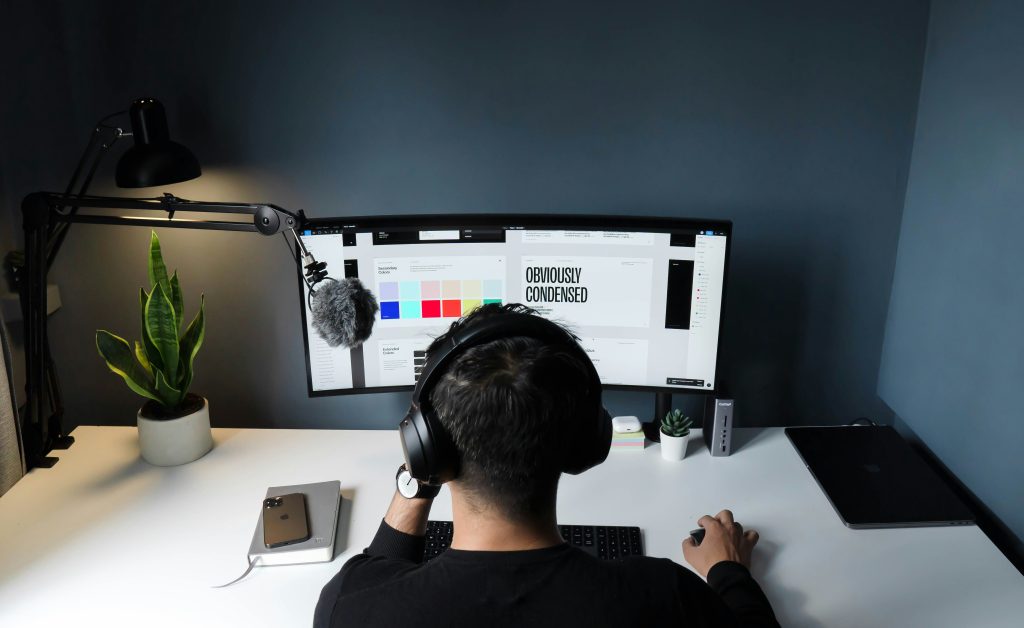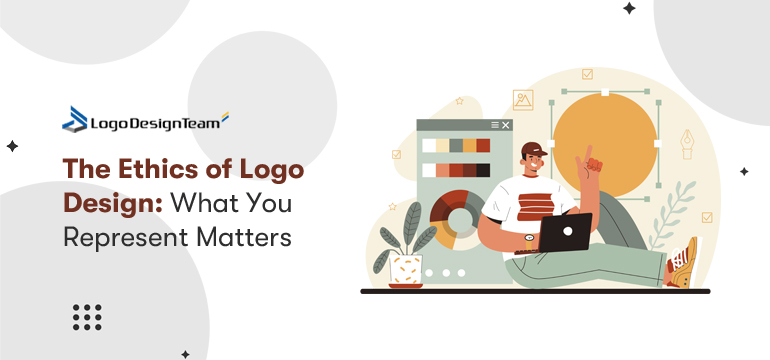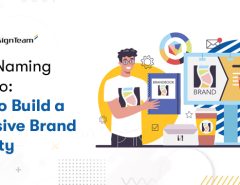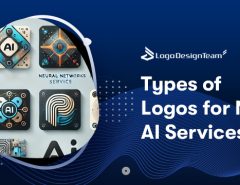Logo design is a quiet kind of responsibility. It looks like a creative task on the surface, but underneath, it’s a loaded act of representation. A single mark can shape how audiences view a company, a community, or even a cause.
So when the symbols we put out in the world carry histories or associations we didn’t fully understand, it leaves room for misunderstanding or backlash.
Take Native American-themed logos and mascots used by sports teams, for example. These designs often reduce rich cultures to caricatures, sparking widespread backlash and forcing expensive rebrands.
A logo that crosses into cultural misappropriation can quickly become a PR nightmare. The cost of reputational damage far exceeds any initial design investment when public outcry demands change.
So, how do you design something meaningful without stepping into a mess you didn’t see coming? Here is a systematic approach to ethical logo design that protects both your reputation and your clients’ integrity.

Designing for Brands With a Past
Before taking on a logo project, it’s important to consider what the brand represents and what it’s been associated with over time. That history doesn’t disappear when you start fresh. In many cases, a logo becomes part of how a brand distances itself from controversy.
This is especially relevant when dealing with companies that face public criticism for environmental or health concerns. Some manufacturers promote clean, eco-friendly branding while selling products known to cause long-term harm.
One recent example involves PFAS (per- and polyfluoroalkyl substances), synthetic chemicals linked to cancer. PFAS are commonly found in AFFF (aqueous film-forming foam), used by firefighters for decades. Numerous firefighters have filed AFFF lawsuits, alleging that manufacturers failed to disclose known health risks.
According to the latest AFFF lawsuit update, over 10,000 cases are currently pending, with more than 1,000 new cases added just last month.
On a more positive note, Rhode Island is taking steps to ban PFAS in firefighter gear and biosolids, as reported by TorHoerman Law.
Red Flags During Client Discovery
Some warning signs appear early in client conversations if you know what to watch for. Pay attention to how potential clients describe their goals and values during initial meetings.
Watch out for these conversation patterns:
- Trust-heavy messaging without context: Clients who emphasize “looking trustworthy” without explaining why they need to rebuild trust might have reputation issues.
- Vague business descriptions: Legitimate businesses can explain what they do clearly, while problematic clients often give evasive answers about their products or services.
- Disconnected visual requests: A chemical company wanting nature-heavy branding or a financial firm requesting community imagery without clear reasoning.
- Appearance over substance spending: Clients willing to invest heavily in logo design but reluctant to fund actual business improvements.
Budget discussions reveal priorities too. Companies that want to look different without changing what they do often prioritize visual transformation over operational improvements.
Ask direct questions about their business practices, recent news coverage, and industry challenges. Their responses help you gauge whether your design work aligns with your personal values and professional standards. In summary, don’t assume every client is transparent about their background or current controversies.
Industries Built on Perpetuating Harm
Some businesses profit directly from human suffering or societal problems. Your design work becomes part of their success when you help them appear legitimate, trustworthy, or socially responsible.
The tobacco industry pioneered this approach decades ago, using clean, sophisticated branding to mask deadly health consequences. Today, similar patterns emerge across different sectors where companies need design to disguise their true impact.
Several industries actively perpetuate harm while using professional branding to maintain credibility:
- Predatory lending companies: Design friendly, accessible logos while charging interest rates that trap families in permanent debt cycles.
- Heavily processed food manufacturers: Build recognition through bright, playful visuals, despite contributing to long-term health issues. One in five adults in the U.S. is now obese, and design has played a quiet role in normalizing that path early on.
- Private prison corporations: Use corporate, institutional branding while profiting from high recidivism rates and inadequate rehabilitation programs.
- Pharmaceutical companies with price-gouging practices: Employ clean, medical aesthetics while making life-saving medications unaffordable for patients who need them.
- Fast fashion conglomerates: Create sustainable, ethical-looking brands while operating sweatshops and contributing to environmental destruction.
These companies need good design because their business models depend on public acceptance. Without professional branding, their harmful practices become more evident to consumers and regulators.
The Ethical Dilemma
All of these bring up an uncomfortable but necessary question: When you design a logo in these situations, are you helping reposition a harmful brand under the guise of credibility?
Your beautiful design becomes part of their public face while they face serious allegations about transparency and public safety.
This scenario repeats across industries. Companies accused of greenwashing hire designers to create logos that suggest environmental responsibility. Organizations with questionable labor practices want designs that communicate social values they don’t actually practice.
The question becomes: what’s your responsibility as the designer? You can’t research every client’s entire history, but you can establish a process for understanding who you’re working with and what they represent.
Keeping Accountability at the Center of Your Design
Every logo you create becomes part of your professional legacy, whether you planned it that way or not. The companies you choose to work with today will shape how other potential clients and peers perceive your judgment and values tomorrow.
Think of client selection as an investment in your future opportunities. The most successful logo designers are known for working with organizations that align with their professional standards.
Your portfolio tells a story about the causes and companies you’ve chosen to support through your creative work. Make sure that the story reflects the career direction you actually want to pursue.




